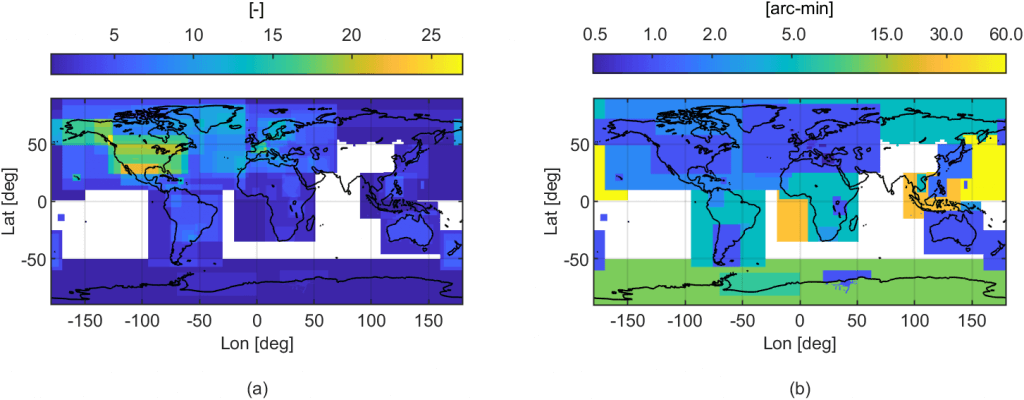Regional / Local
Geoid Models
What is a geoid and why is it needed?
The geoid is the equipotential surface of the Earth’s gravity field that is closely approximated by the mean sea level, i.e. the surface of the sea in the absence of other influences such as winds and tides and so on. As an equipotential surface of the Earth’s gravity field, the geoid has important implications in engineering for the definition of physical heights and for Earth system studies. The most precise technique for determining physical heights above sea level is the classical levelling, but this method is very time consuming and expensive. Today, GNSS-levelling provides a very efficient technology to obtain ellipsoidal heights, from which physical heights can be computed. However, an indispensable requirement for the application of this new methodology is the precise knowledge of the geoid. This underlines the importance of the geoid also for a broad spectrum of surveying and engineering tasks based on the availability of physical heights.
Despite the remarkable improvements resulting from the satellite gravity missions CHAMP, GRACE, GRACE Follow-On, and GOCE, the derived global models are limited in terms of spatial resolution due to the dampening of the gravity signal at the satellites altitude. The use of ground, airborne and marine gravity data allows to refine and increase the spatial resolution of the geoid computed from global models. In general, geoid refinement is based on a variety of regional approaches solving a boundary value problem. Therefore, due also to historical reasons, many countries have their own regional or local geoid models.
The International Service for the GEOID
Already in 1992, IAG recognized the need for the establishment of a service to collect and redistribute regional/local geoid models at a worldwide scale, thus making them available to the user community. The International Service for the Geoid (ISG) was born as an IAG Service (formerly known as IGeS, International Geoid Service) within the International Gravity Field Service (IGFS). ISG manages and preserves an openly accessible repository, aiming at storing and redistributing geoid models in standardized data format, providing also ancillary information useful for the geoid application to further analyses. Most models can be freely downloaded, some of them require the author’s permission to be accessible and a few are restricted and cannot be distributed. Since 2020, ISG also provides the assignment of digital object identifiers (DOIs) to the stored geoid models. This is done in collaboration with GFZ Data Services, allowing geoid models being cited in publications.
The main products and tools of the ISG are:
- Grids of local and regional geoid estimates, collected worldwide (geoid repository)
- Software for local geoid estimation, terrain gravity effect calculation and global model handling
- Organization of International schools on geoid determination and thematic courses
- Publications on Newton’s Bulletin and the former IGeS Bulletin




